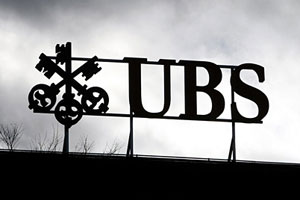Military whistleblowers: watch your back.
Back in July of 2009, the Department of Justice Inspector General’s office issued a report that found that the Pentagon’s system for investigating military whistleblower retaliation has been given the short shrift. Focusing on the Pentagon IG’s Directorate of Military Reprisal Investigations (MRI), the DOJ’s IG report found that the number of military whistleblower retaliation allegations more than doubled between 1997 and 2007, suggesting a considerable dearth of oversight. The previously undisclosed report was obtained by the Project on Government Oversight (POGO), an independent watchdog group.
One of the report’s biggest criticisms of the MRI: that the office has failed to resolve complaints within the required 180-day timeframe. “The failure of MRI to meet consistently the statutory time deadline,” it says, “is largely a function of insufficient staffing to handle the large and growing number of reprisal allegations.” The report also found that the military reprisal program wasn’t viewed as a priority with the DoD IG’s office. “We believe that MRI should do more to ensure that cases delegated to the service IGs are assigned for investigation outside the chain of command of the involved parties,” the report adds. The DOJ IG report also recommended greater oversight and better training for IGs.
The DoD IG’s office has been cleaning up its act in the 16 months since the DOJ took it to task. A March 2010 report to Congress shows progress towards implementing Justice Department’s reform recommendations, including increased staffing and improved procedures.
The bad news is that this was a problem in the first place. But at least things are improving. Whistleblowing, of course, violates the armed forces’ foundational culture—respect for the chain of command. But words like Iran-Contra, Tailhook, Abu Ghraib, and Gitmo make it painfully obvious that that chain isn’t immune to perversion. And it’s a big deal that the DoD is acknowledging that.










